A Pro’s Confession: That Dish Soap is Secretly Ruining Your Stuff
I’ve been in the restoration and cleaning game for over two decades now, and let me tell you, I’ve seen it all. From salvaging precious family heirlooms after a flood to detailing cars that cost more than my first house, I’ve fixed messes you wouldn’t believe. And honestly, one of the most common—and most expensive—mistakes I see comes from that simple bottle of dish soap under the kitchen sink.
In this article
People grab it for everything. It’s cheap, it’s right there, and hey, it cuts through grease on a dinner plate like a champ. So it must be great for everything, right? Wrong. That one assumption has kept me gainfully employed for years, fixing damage that was completely avoidable. My goal here isn’t to scare you, but to save you a headache and a whole lot of money by sharing what I’ve learned on the job. Let’s dive into where this trusty kitchen staple does way more harm than good.
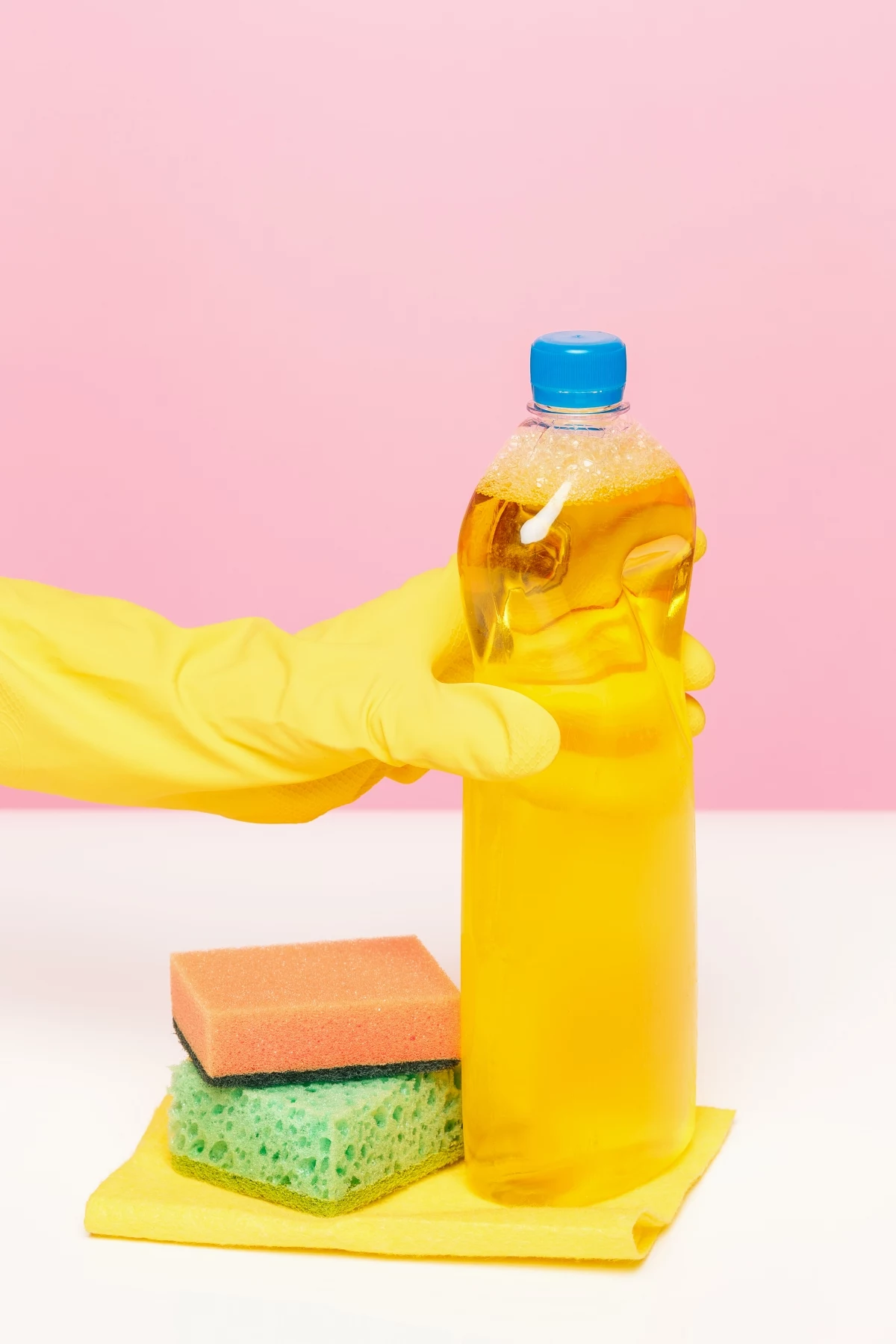
First, What Are We Even Dealing With?
Before we get into the no-go zones, it’s helpful to know what dish soap actually is. Most people don’t realize it isn’t really “soap” in the traditional sense, like a bar of Ivory. It’s a synthetic detergent, engineered for one thing: to aggressively strip away oil and grease.
It works using powerful molecules called surfactants. Think of them like tiny, two-sided magnets. One end hates water and grabs onto grease, while the other end loves water. When you wash a greasy pan, billions of these little guys latch onto the grime, and the water from your faucet pulls them all down the drain. This is fantastic for your lasagna pan, but it’s a disaster for other materials that actually need their natural oils to survive.
Where Dish Soap Causes the Most Damage
The most heartbreaking and often permanent damage I see is on natural materials. They have a delicate balance of oils and moisture, and dish soap just obliterates it.
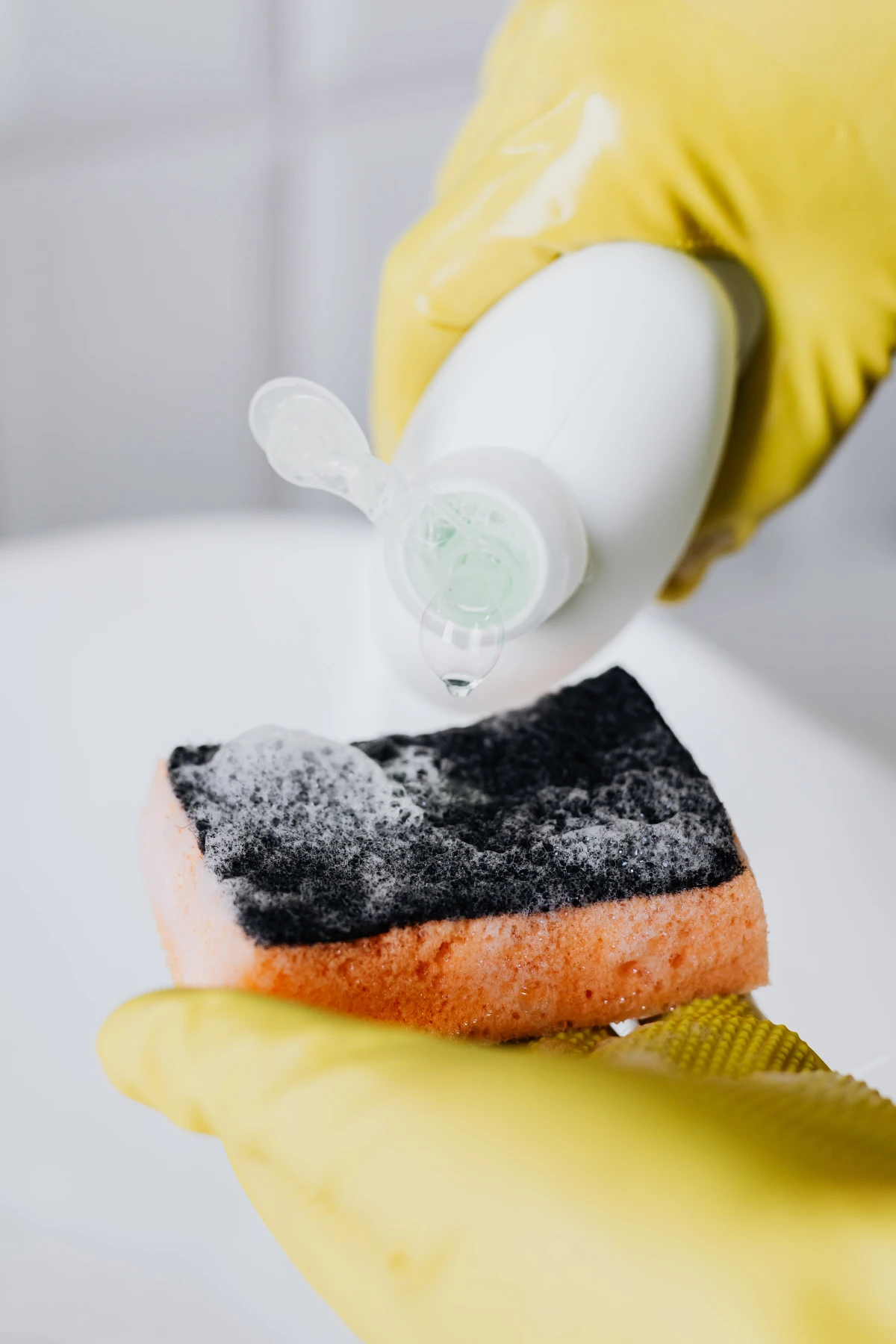
Leather: Sucking the Life Out of It
I’ll never forget the guy who called me in a full-blown panic. He’d tried to clean a tiny smudge off his brand-new, expensive leather armchair with a dab of dish soap and water. Sure, the smudge was gone, but he’d replaced it with a dark, stiff patch that felt like cardboard. He’d basically given his beautiful chair a chemical burn.
Here’s the deal: Leather is skin. It stays soft and flexible because of natural oils added during the tanning process. Dish soap, being a degreaser, yanks those essential oils right out. The leather dries up, gets brittle, and eventually starts to crack. And once that happens, there’s often no going back.
The Right Way to Clean Leather: First, always dust or vacuum with a soft brush to get rid of any gritty dirt that could scratch the surface. For cleaning, you need a pH-balanced cleaner made specifically for leather. You can find one for about $15-$20 at most home goods or auto parts stores. Apply a small amount to a microfiber cloth (never directly on the leather!) and wipe gently. The most important step? Follow up with a quality leather conditioner, which costs around $20, to put that moisture back in. Think of it as moisturizer for your furniture.
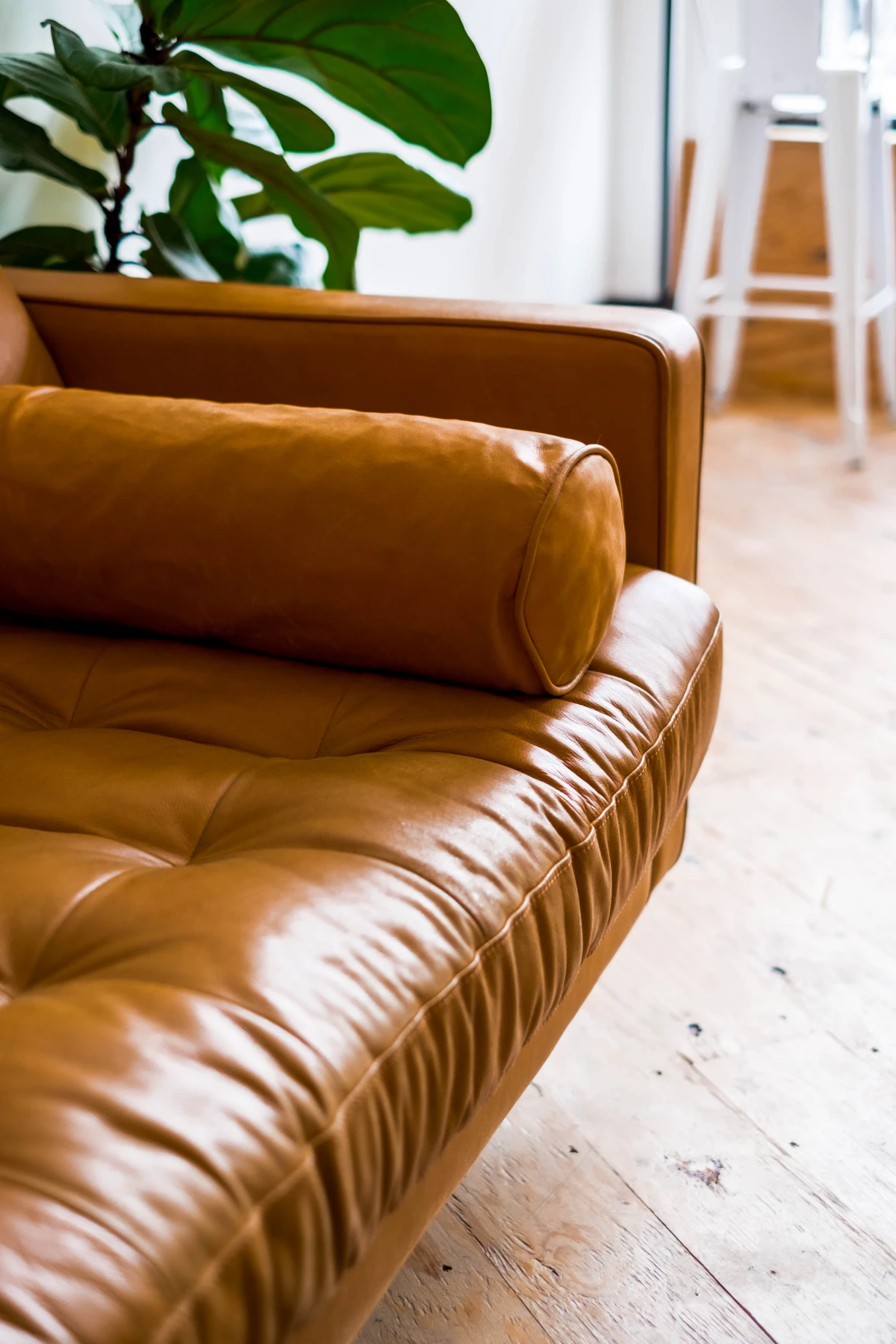
Oops, I Already Used Dish Soap! If you’re reading this too late, don’t panic. If the area is just a little dry or dull, you might be able to salvage it. Immediately wipe the area with a cloth dampened with clean water to remove any soap residue. Let it air dry completely. Then, apply a high-quality leather conditioner. You may need to apply it a few times over the next couple of days to help restore some of the lost oils. If the leather is already stiff or discolored, you’ll probably need to call in a professional.
Hardwood Floors: The Hazy, Sticky Mess
A classic call I get is from homeowners wondering why their hardwood floors look so dull and feel sticky, even right after they’ve been mopped. Nine times out of ten, the culprit is dish soap in the mop bucket.
Modern hardwood floors have a protective polyurethane finish. While it’s tough, it’s not invincible. The harsh detergents in dish soap slowly dull and can even start to break down this finish. But the bigger problem is that you can never fully rinse it off a huge surface like a floor. It leaves behind a microscopic, sticky film that becomes a magnet for new dirt. So, your floors actually get dirtier, faster. A vicious cycle.
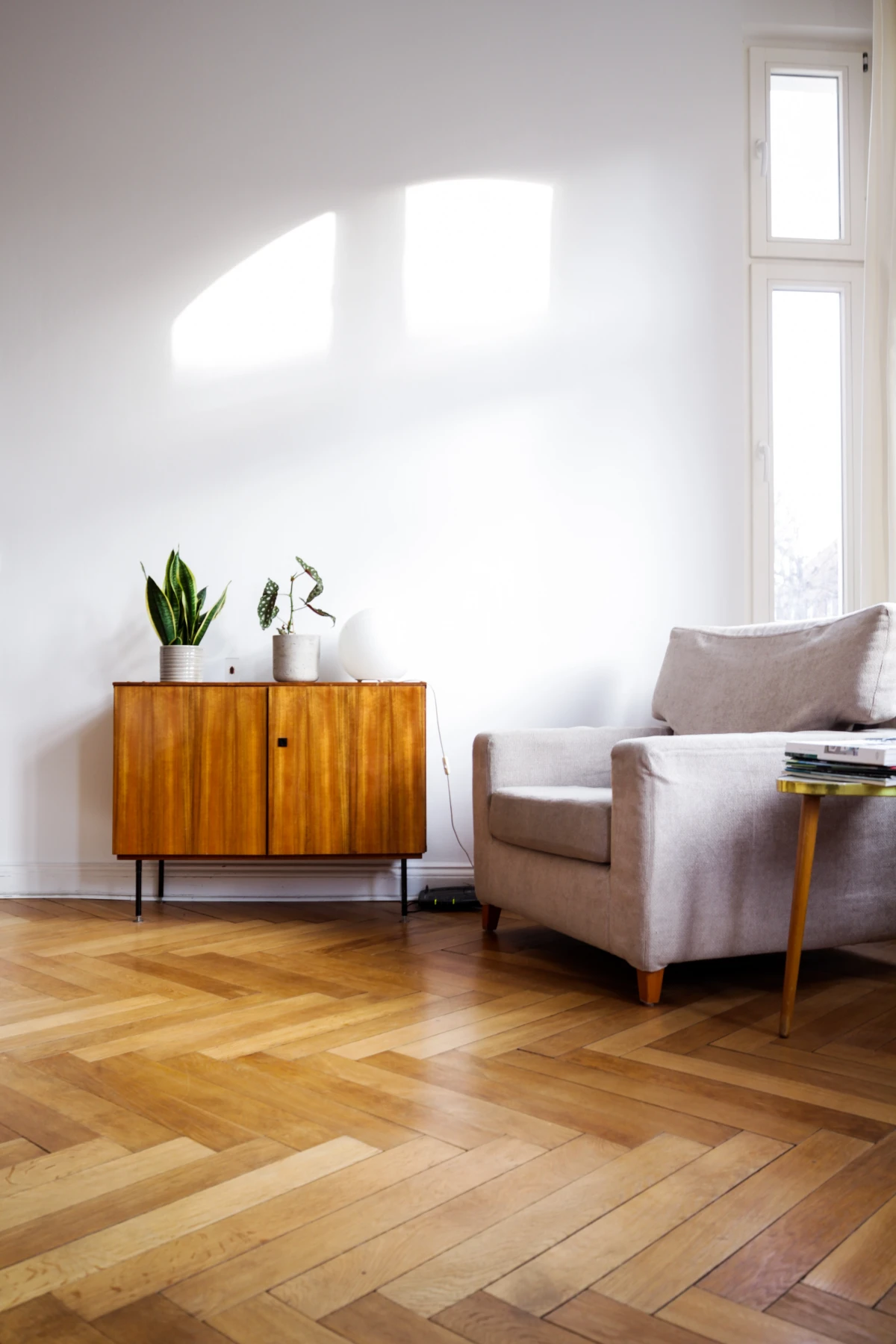
The Right Way to Clean Hardwood: Dry mop or vacuum first, always. Then, use a pH-neutral cleaner made for wood floors. A bottle of a good brand will run you about $10 and lasts for months—which is a steal compared to the $500+ it can cost to have a pro screen and recoat a floor that’s been ruined. Lightly mist a small section and wipe it up immediately with a flat-head microfiber mop. The floor should be dry in less than a minute. Puddles are the enemy!
Oops, I Already Did It! Got that sticky residue? You can usually strip it off. Mix a solution of 10 parts warm water to 1 part white vinegar. Lightly dampen a microfiber cloth in the solution, wring it out well, and wipe down the floor section by section. This should cut through the soap film. Let it dry, then proceed with a proper hardwood floor cleaner going forward.

Natural Stone & Grout: A Recipe for Dullness and Mold
Using dish soap on natural stone countertops like marble or travertine is another common mistake. Because it’s in the kitchen, it feels like the logical choice. But stone is sensitive. Many types of stone are calcium-based, and the slightly alkaline nature of dish soap can cause “etching”—dull spots where the finish has been chemically damaged.
And for grout? It’s super porous. The soap residue seeps in and never really gets rinsed out. This residue then becomes a perfect food source for mold and mildew. If your grout seems to turn black or pink unusually fast, your cleaner might be the problem.
The Right Way to Clean Stone: Use a cleaner specifically marked as pH-neutral and safe for natural stone. After you clean, rinse the surface with a separate cloth and clean water to remove any residue. And a pro tip: get your grout sealed every couple of years. It creates a barrier that stops grime and soap from soaking in.
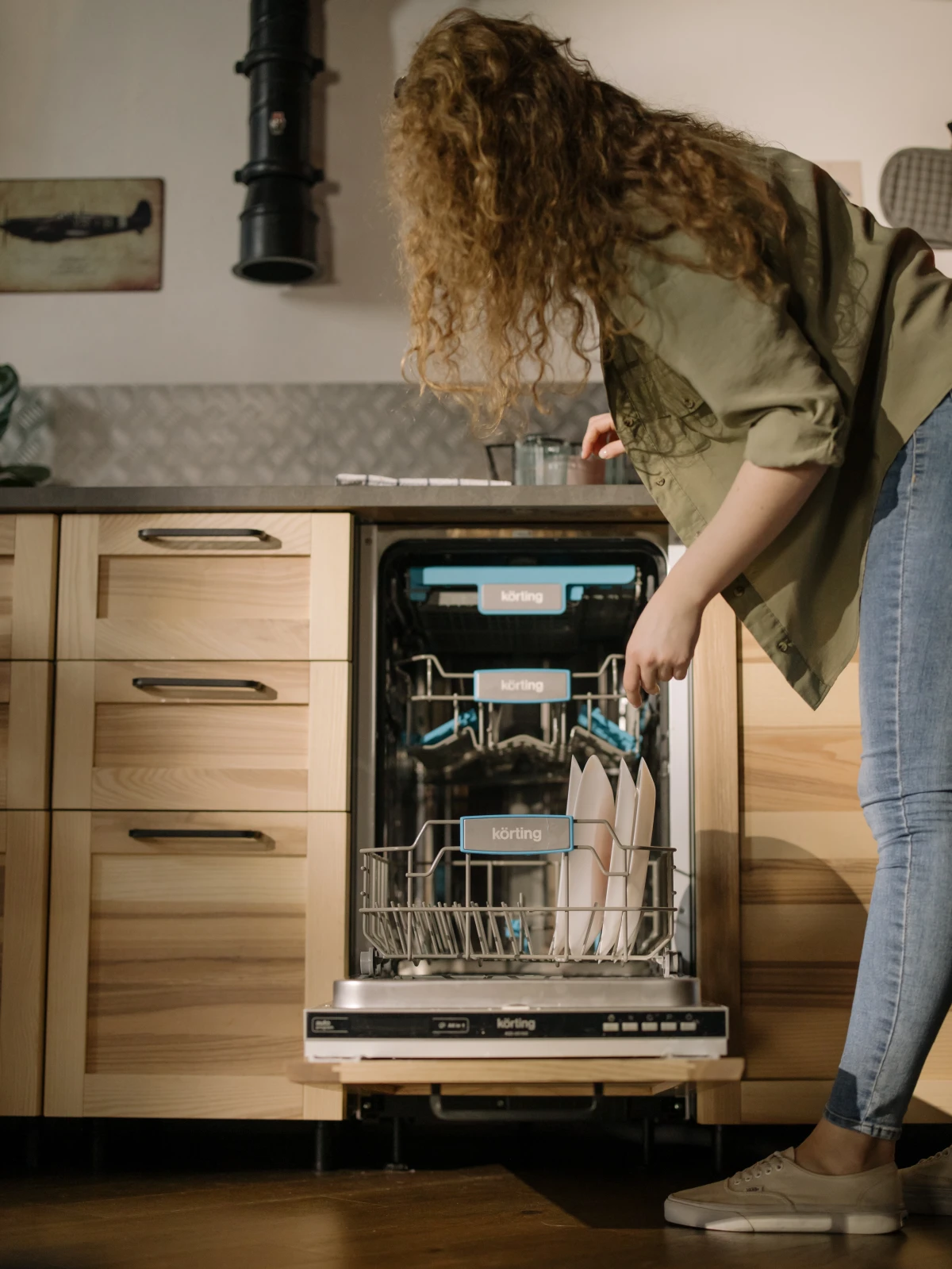
Car Paint: Stripping Your Protection
As someone who also details cars, this one makes me physically cringe. Seeing people at a charity car wash scrubbing away with buckets of dish soap… they think they’re helping, but they’re stripping every ounce of protection off the car’s paint.
A car’s finish has a clear coat on top of the paint that provides shine and UV protection. We protect that with wax, sealants, or ceramic coatings. Dish soap is a degreaser, so it removes wax and sealants in a single wash. Without that protective layer, UV rays start to break down the clear coat, leading to fading and peeling. You’re washing away a $50 wax job with a few cents of soap.
The Right Way to Wash a Car: Use a dedicated car wash shampoo. You can get a great one from brands like Meguiar’s or Chemical Guys for about $15 a bottle, and it’s formulated to clean gently without stripping wax. Better yet, use the two-bucket method: one bucket for soapy water, one for plain rinse water. Rinse your dirty wash mitt in the plain water before dipping it back in the soap. This prevents you from dragging dirt all over the paint and causing swirl marks.
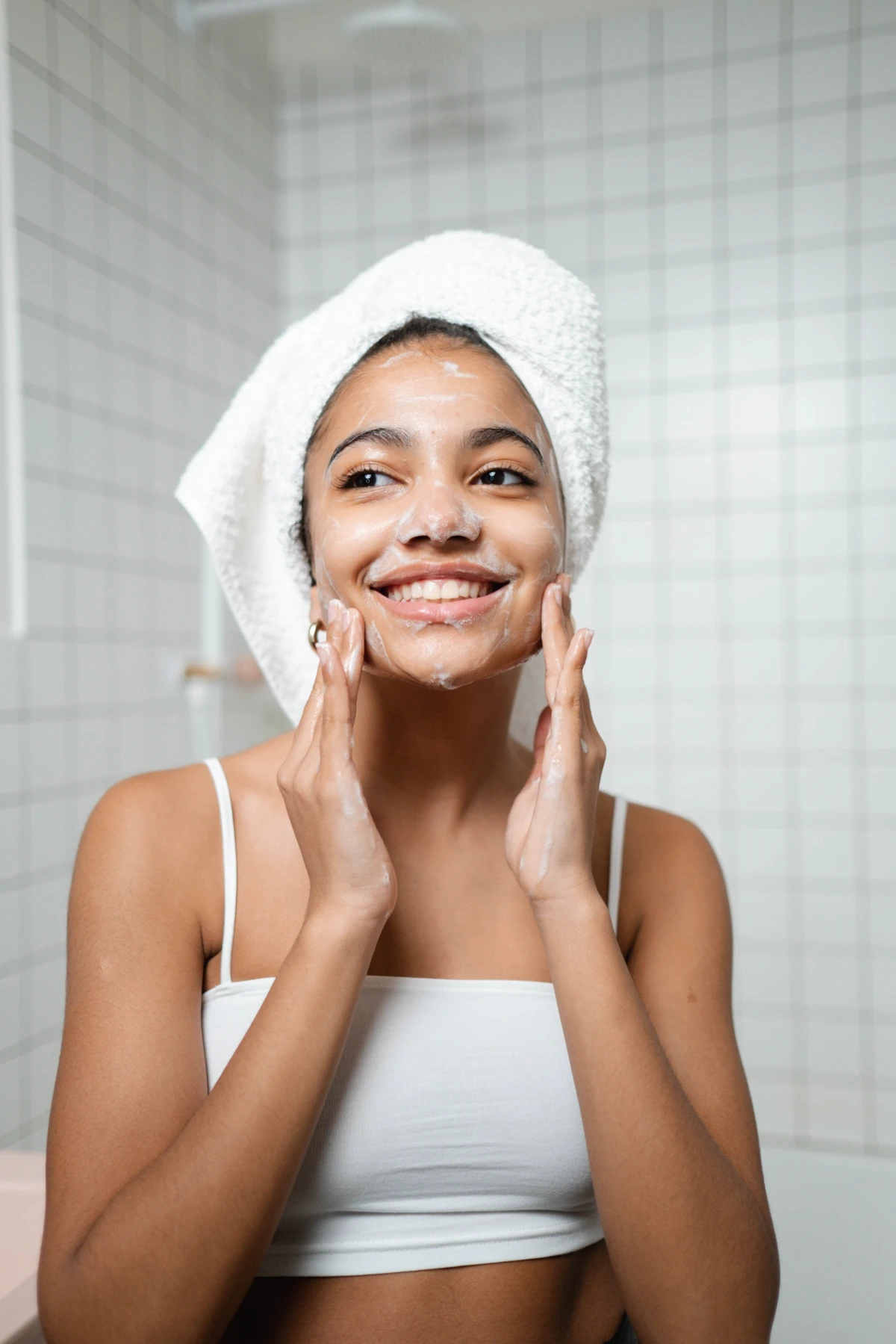
Even In the Kitchen, It Has Its Limits
You’d think you’d be safe in the kitchen, but a couple of misapplications here can lead to big problems.
The Dishwasher Suds Explosion
Heads up! This is a lesson you only want to learn once. If you run out of dishwasher detergent, DO NOT squirt dish soap in the dispenser. Your dishwasher’s spray arms whip the water around with incredible force, and with sudsy dish soap, this creates a mountain of foam. I’ve seen kitchens completely covered in suds from this. The foam can force its way out of the door seals and can even damage the dishwasher’s pump or motor. A very expensive mistake.
What to do if suds explode: First, hit CANCEL and turn the machine off! Throw towels on the floor to contain the mess. You can help break down the suds by pouring about a cup of white vinegar and a tablespoon of salt into the standing water at the bottom of the dishwasher.
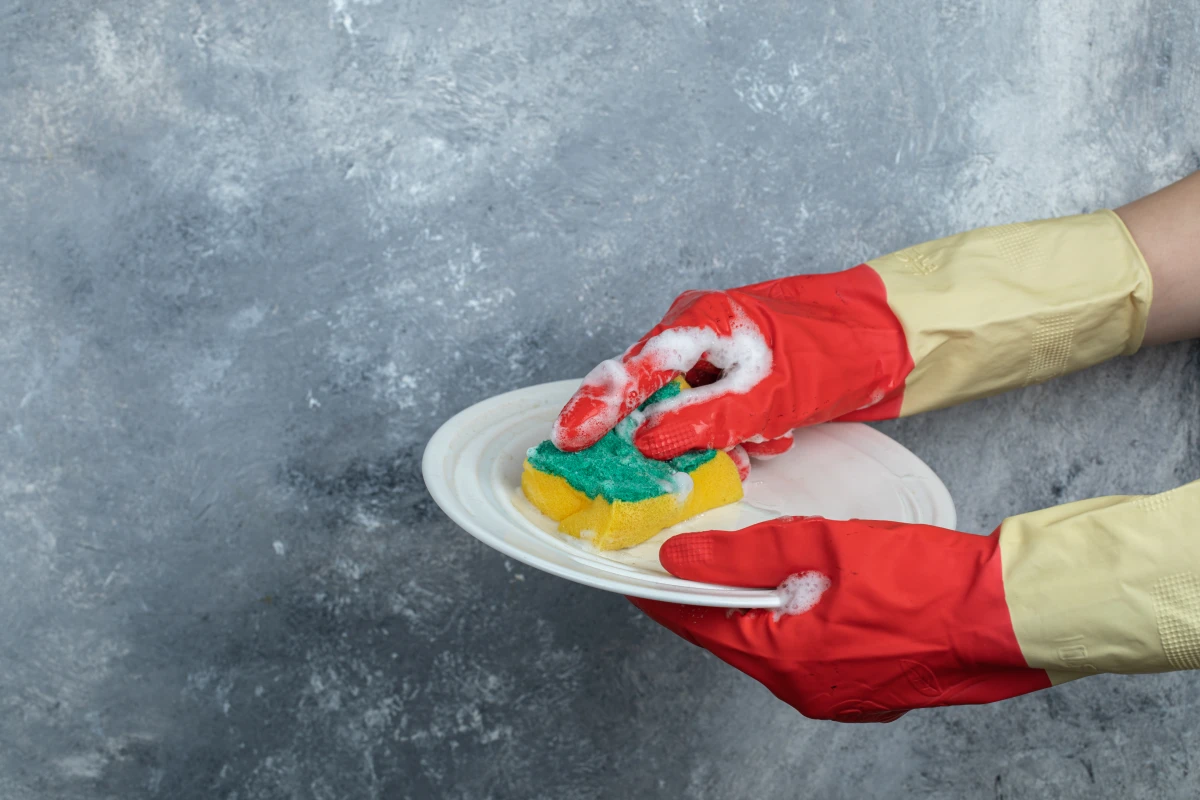
Coffee Makers: That Lingering Soapy Taste
While dish soap will clean your coffee pot, it can leave behind a chemical residue that’s incredibly hard to rinse away completely. The result? Your morning coffee has a faint, but unmistakable, soapy taste. Gross. For a deep clean that won’t ruin the taste, run a cycle with a 50/50 solution of white vinegar and water, followed by two full cycles of plain water to rinse everything out.
Okay, So What IS It Good For (Besides Dishes)?
After all that, you might be wondering if your dish soap is good for anything else. It is! You just have to use its grease-cutting power strategically. It’s a great tool, just not a multi-tool.
A few drops of dish soap are great for:
- Cleaning Greasy Tools: Perfect for cleaning up oily wrenches and screwdrivers in the garage.
- DIY Bubble Solution: The secret to giant, amazing bubbles for the kids (or you, no judgment). Just mix 6 cups of water, 1 cup of dish soap, and ¼ cup of corn syrup.
- Killing Garden Pests: A very weak solution of dish soap and water in a spray bottle can help get rid of aphids on your plants without harsh pesticides.
- Cleaning Greasy Stains on Concrete: Got an oil spot on the driveway? A little dish soap, a stiff brush, and some elbow grease can work wonders.
At the end of the day, dish soap is an amazing product for its intended job. The mistake is thinking it’s a gentle, one-size-fits-all cleaner. Before you reach for that bottle, just ask yourself: is this surface porous, natural, or does it have a special finish? If the answer is yes, investing a few bucks in the right cleaner is always the safer, and ultimately cheaper, choice.
Inspirational Gallery
The pH Secret: That powerful dish soap often has a high, alkaline pH (around 9), perfect for dissolving grease but harsh on sensitive materials. For surfaces like sealed wood, natural stone, or your car’s paint, always look for a pH-neutral cleaner (with a pH around 7). This ensures you’re lifting dirt without stripping away essential oils or protective sealants.
More than 90% of a car’s finish is its clear coat. Using an abrasive or stripping detergent like dish soap prematurely erodes this protective layer, accelerating oxidation and paint failure.
This is why professional detailers insist on dedicated car wash soaps. Products like Meguiar’s Gold Class Car Wash are specifically formulated to encapsulate dirt and rinse clean without removing the wax or sealant that guards your vehicle’s clear coat against sun, salt, and environmental pollutants.
My wood furniture looks a bit tired. What’s the best way to revive it without making it greasy?
First, distinguish between cleaning and polishing. Start by gently wiping the surface with a microfiber cloth and a dedicated wood cleaner like Murphy Oil Soap to remove dust and grime. Then, for restoration, apply a high-quality polish or wax like Howard Feed-N-Wax. Its blend of beeswax, carnauba wax, and orange oil feeds the wood, restores its luster, and provides a protective barrier, all without the sticky residue of lesser products.
- It restores the supple, soft texture.
- It prevents cracking and fading from UV exposure.
- It creates a breathable barrier against moisture.
The secret to healthy leather isn’t just cleaning, it’s conditioning. After using a dedicated, pH-balanced leather cleaner, always follow up with a quality conditioner. A product like Leather Honey Leather Conditioner deeply penetrates the pores to replenish the natural oils that harsh cleaners strip away.
For a quick, safe, and surprisingly effective multi-surface cleaner, skip the soap and grab a spray bottle. Here’s a pro-approved mix for glass, laminate countertops, and sealed surfaces:
- 1 part rubbing alcohol
- 2 parts distilled water
- 5-10 drops of lemon or tea tree essential oil for a fresh scent
The alcohol acts as a solvent that evaporates quickly, leaving a streak-free shine without any soapy film. Important: Avoid using this on unsealed wood or porous natural stone.
A single drop of dish soap can disrupt the surface tension of 50 gallons of water.
While amazing for washing dishes, this immense power is precisely why it’s terrible for fabrics like wool or silk. It strips their natural lanolin or sericin, leaving the fibers brittle, dull, and prone to damage. Always opt for a gentle, specific wool-safe detergent like Woolite for these delicate items.
For Natural Stone: Your granite or marble countertop’s worst enemy is acid. Dish soap’s degreasers can be too harsh and slowly degrade the sealant, but acidic cleaners (like vinegar or lemon juice) will actively etch and dull the stone itself. Always use a specialized, pH-neutral stone cleaner, such as Granite Gold Daily Cleaner, to safely remove grime without compromising the seal or the shine.
That feeling of ‘squeaky clean’ after using dish soap is actually the feeling of a surface stripped bare of all oils. On your hands, this leads to dryness. On leather, wood, or rubber, it’s the first step toward cracking and deterioration. True clean, in a restoration context, is about removing dirt while preserving the material’s integrity and natural feel.










